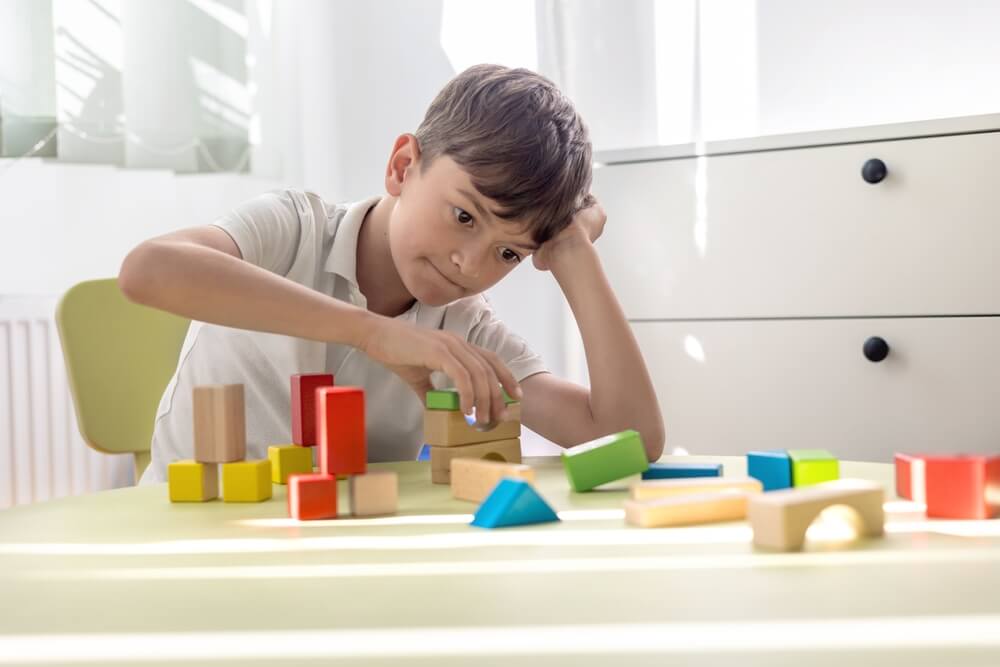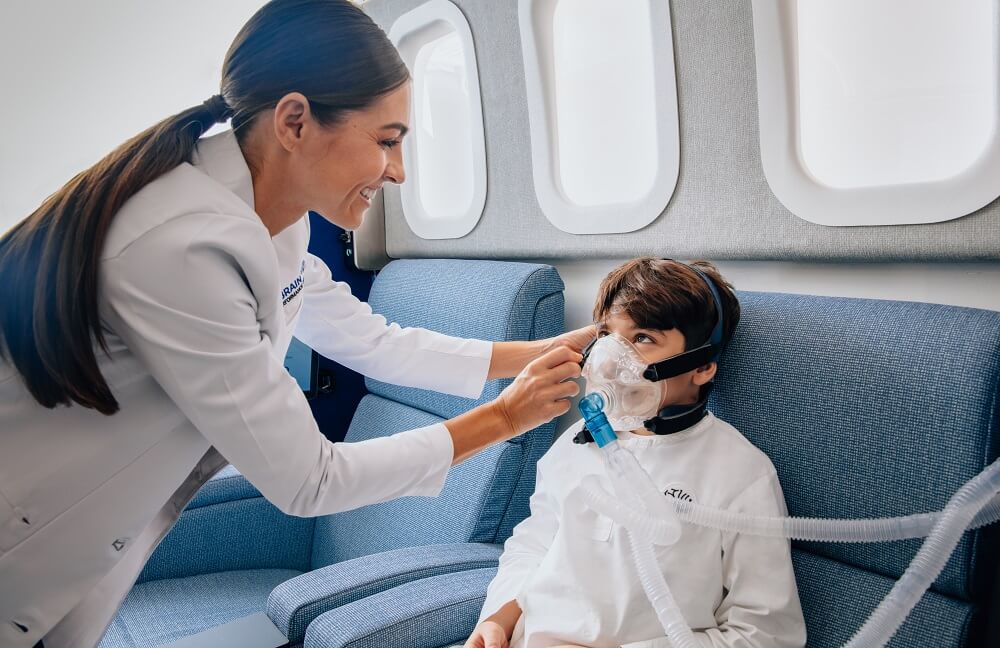Improve Your Child’s Quality of Life: Understanding the Factors that Affect Child Development
Children grow up in different environments where hereditary and environmental elements shape and mold who they are. As parents, it’s helpful to understand the risk factors that affect child development.
Recognizing a child’s unique situation will also help provide the proper support and identify potential developmental concerns and factors. Having a better understanding of the aspects that your child is going through gives you more control over the corrective measures you can take.

Hypoxia at Birth
Hypoxia happens when you have low levels of oxygen in your body tissue. The severity of birth hypoxia symptoms depends on factors such as:
- How long the baby doesn’t have enough oxygen
- How low the oxygen level is
- How quickly your child receives the proper treatment
Hypoxia presents a broad range of symptoms and challenges that vary across children, so a thorough assessment is required to receive the proper help. Sometimes, hypoxia can develop into neurodevelopmental disorders such as autism spectrum disorder and cerebral palsy.
Autism Spectrum Disorder (ASD)
Autism spectrum disorder is a neurodevelopmental disorder affecting the way a person:
- Communicates
- Interacts with others
- Experiences the world around them
The term “spectrum” acknowledges that autism manifests differently across individuals. Each person holds varying degrees of social communication, interaction, and behavior.
ASD Symptoms may include:
- Difficulties with social interaction (e.g., making eye contact, understanding social cues)
- Repetitive behaviors (e.g., rocking, hand-flapping)
- Challenges with verbal and nonverbal communication
- Sensory sensitivities, such as being sensitive to loud noises or certain textures

Cerebral Palsy (CP)
The most common motor disorder in childhood, cerebral palsy, encompasses conditions that impact one’s ability to move and maintain balance and posture. The severity of Cerebral Palsy symptoms varies from child to child.
They may include the following:
- Delays in reaching milestones (e.g., not being able to sit up by 8 months or not walking by 18 months)
- Fidgety or jerky movements
- Muscle spasms
- Tremors

Traumatic Brain Injury (TBI) in Children
Accidents happen during childhood. A car accident, falling off the bike, or sport injury can cause traumatic brain injury (TBI) — damage to the brain caused by a sudden blow or jolt to the head.
In the Middle East and North Africa regions, the “vast majority of reported TBI severity was mild (63.1%) compared to moderate (10.7%) and severe TBI (20.2%).”
Sometimes, the impact of TBI is only evident when parents or teachers notice changes in a child’s cognitive and emotional behaviors at home or school.
Your child may experience:
- Headaches
- Dizziness
- Lightheadedness
- Blurred vision
Infants and toddlers also experience head injuries. Identifying these injuries is especially challenging, as babies can’t tell you directly when they feel something wrong.
Signs of concussion in infants include:
- Bumps, bruises, bleeding
- Changes in balance and coordination
- Vomiting or seizures
Long-Term Impacts:
When a TBI stretches beyond the point of average recovery (1-2 months), this is called post-concussion syndrome (PCS).
When a TBI occurs, it may impact blood flow to some brain regions, which can cause symptoms like these:
- Chronic headaches
- Changes in personality
- Reduced school performance
- Memory changes
- Loss of acquired motor skills
- Sleep disruption
The emotional and behavioral symptoms children experience are often incorrectly diagnosed as other conditions.
TBI can produce behavioral shifts like anxiety and depression. A child may lose interest in activities they once enjoyed, withdraw from peers, or feel more worried or fearful than usual. Some symptoms might even be similar to Attention-Deficit / Hyperactivity Disorder (ADHD) and Autism Spectrum Disorder (ASD). A misdiagnosis can cause delays in treatment and recovery.
Healthcare providers must consider the possibility of a TBI, especially if the child is known to have had a recent head injury.
The Brain & Performance Centre Youth Medical Programme

Rest assured, help is available for children who experience short- and long-term effects of the risk factors outlined above.
Following is an overview of how Hyperbaric Oxygen Therapy (HBOT) can help specific conditions associated with two child development risk factors:
- Cerebral palsy (CP): A study on 111 CP children found “HBOT can improve gross motor function, speech, functional skills as well as cognitive function.”
- Traumatic brain injury (TBI): Research on children ages 8-15 suffering from post-concussion syndrome found “HBOT improves both cognitive and behavioral function, PPCS [persistent post-concussion syndrome] symptoms, and quality of life in pediatric PPCS patients at the chronic stage, even years after injury.”
The Brain & Performance Centre Youth Assessment

No matter where your child’s development stands, receiving the proper diagnosis is essential so your child can get help for their unique needs. Child development issues require a targeted and personalized strategy.
You can be confident in seeking the care and advice of The Brain & Performance Centre Youth Assessment Programme as you’ll have some of the world’s foremost medical professionals and scientists who can help you find answers and a solution.
Founded on scientific research, The Brain & Performance Centre team has been experts in offering a tailored treatment plan for children dealing with CP, TBI, PCS, and stroke.
A Bright Future Awaits You at The Brain & Performance Centre
At The Brain & Performance Centre, a DP World company, we follow a tailored approach for the Youth Assessment, delving into genetic, neurological, and environmental factors. This enables the design of personalized treatment plans, combining Hyperbaric Oxygen Therapy (HBOT), cognitive training, physiotherapy and nutrition guidance.
Early intervention, especially for conditions like cerebral palsy, nurtures positive development and a brighter future for children.
